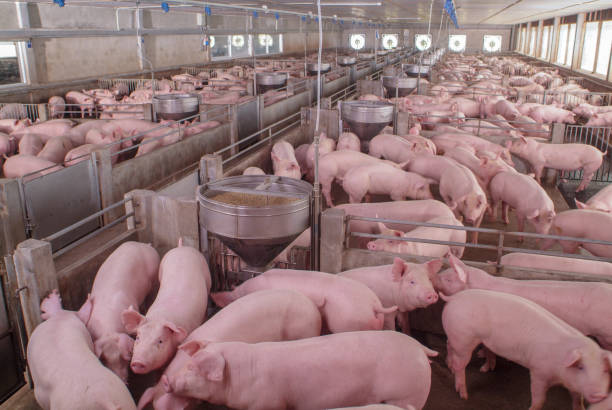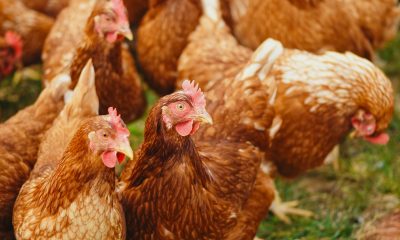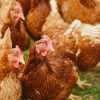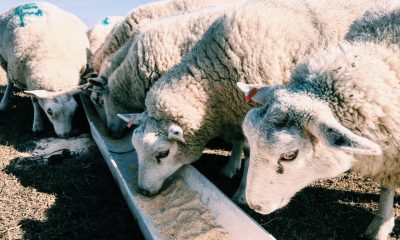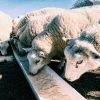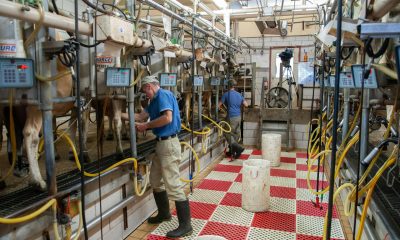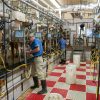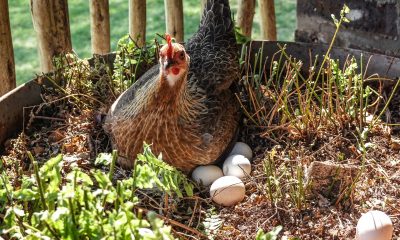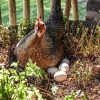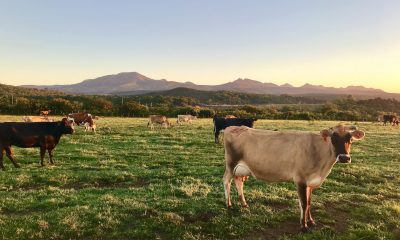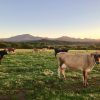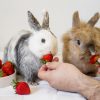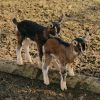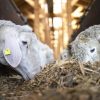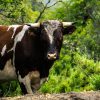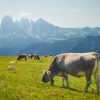If you are planning to step into pig farming, you need to check this handbook of pig farming that provides the guidelines mentioned below. But, before we move into the details, let’s sneak peek at the initiation process.
Benefits of Pig Farming:
- Pigs transform unpalatable or inedible food, fodder, offshoots of grains gathered from mills, meat derivatives, spoiled feeds and trash into precious nutritive meat. Humans cannot consume most of these foods.
- The growth of a pig is faster than other cattle and turns into a productive breeder giving birth to almost 10-12 piglets every time.
- With minimum investment, health & hygiene, and proper feeding techniques, farmers can profitably bear their labour fruits.
- The pig dung can be used for manure.
Types of Pigs
Local pigs have been used for farming for a long time. They are small in size. The imported livestock for farming are as follows:
- Yorkshire: These have a long body; bristling ears and white colour, a perfect type for breeding, female weights 250-350 kg and male boar 300-400 kg.
- Landrace: bend ears, long body and muzzle face, white colour and Danish origin. Male boar weighs 270-360kg and the female 200-320kg.
Then there are various other types of breeds, namely Hampshire, HSX 1, Large White Yorkshire, Duroc, Indigenous type and Ghungroo pig etc.
Choosing the breeding flock:
Things to remember to obtain a female herd are the nature of the pig, litter size, stamina and strength of piglets, feeding ability.
Picking the female gilts:
Choosing the female pig for breeding should be as per its weight as at least 90 kg. Gilts should be obtained from mothers who had been continuously littering and gave birth to many piglets.
Picking out boars:
The boar should be bought from a farm that provides detailed information about the pig. It will weigh 90 kg within 6months and will have strong legs and feet.
- Age of livestock’s breeding: A full-grown female can mate a boar within 12-14months, but the sow should be at least 100kg at the time of breeding.
- Observation of heat: The mating period of pigs is generally 21 days. During this period, the pigs undergo constant urination and reduced appetite.
- Flushing: It’s a technique of feeding female pigs and male boars before mating. Farmers feed the pigs 10days before breeding and a well-balanced diet until 6weeks post-pregnancy; after that should start a complete diet, usually once again.
Managing things during farrowing:
The pigsty should be adequately cleaned for preventing infection to piglets during birth. Until the piglets turn 3-4days, the pen’s temperature should be 24ºC to 28ºC and 18ºC to 22ºC until they turn six weeks old.
How to feed your pig livestock?
Nutritional food is important for the perfect growth, maintenance and production of meat and milk. Although you can provide pigs inexpensive commercially prepared local feeds from the market but should offer a balanced and nutritious diet. You should never feed your pig any meat product and animal waste. A healthy pig’s diet should include vitamins, minerals, fat, carbohydrate and proteins.
Systematic feed
- Creep Feed: It’s the first and vital dry food of the piglet. It consists of 20% protein, which should give 20 grams to the piglet that is easy to digest, small in proportion and easy to chew by the young piglets.
- The other feedings include rice bran, broken rice, maize, soya bean, wheat bran, Ipil, root crops, fruits, vegetables, food and vegetable waste etc.
- Plants like Cola-cassia/Pandalu, green soya bean plant, chayote, banana stem, clover, stylo, alfalfa, berseem, mulberry and water hyacinth can also be fed to the pigs.
Daily food feeding:
Boars:- 2.0 kg/day
Feeding of growing pigs:- pigs between 3-5 weeks should be fed 11-13kg.
Female Sows:- 2.5/kg per day. Fed 1kg extra one week before and after breeding and provide lactating pigs 2.5 kg/ per day.
Piglets:- Feed the little ones with creep feed, i.e. 0.5 – 1.00 kg/day from day 7 of birth.
Housing system for pigs:
Proper housing is required for pig farming to protect them from severe weather conditions, deadly diseases & pest control and minimal labour. The housing of pigs should be in a raised place and protected from rainwater. Proper manure dumping, electric and water sources should be available.
Prevention and control of diseases:
The pigs need to be vaccinated at the age of 2-4weeks against swine flu. Pigs for breeding should be examined for leptospirosis and brucellosis.
Following are the symptoms of a sick pig on the farm:
- Lack of interest in eating food
- Fast breathing that shows fever
- Diarrhoea with or without blood
- Skin redness, dull eyes, skin and hair
- Tail limp
- Isolation from others
The livestock should be tested frequently to prevent parasites like tapeworm and roundworm, which grow inside and manage lice and Myiasis found on pigs skin.
When you buy new pigs, keep them away from the herd for 2-4week. Always buy the pigs from vaccinated and disease-free farms. Do not allow visitors to farm to prevent any kind of sickness and diseases.
